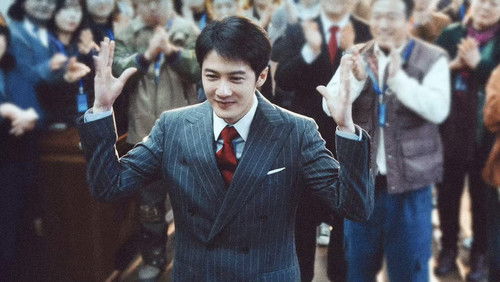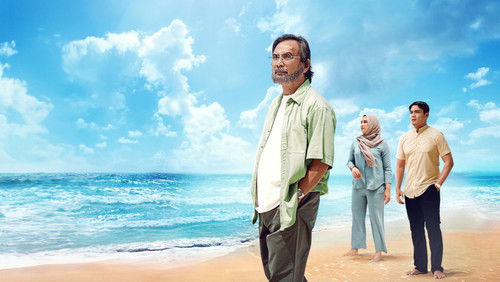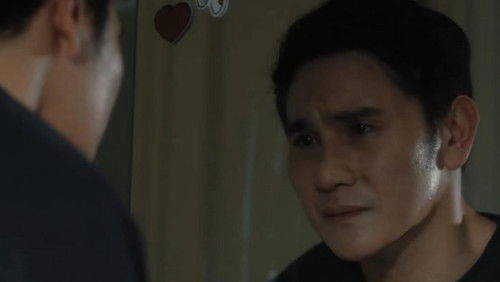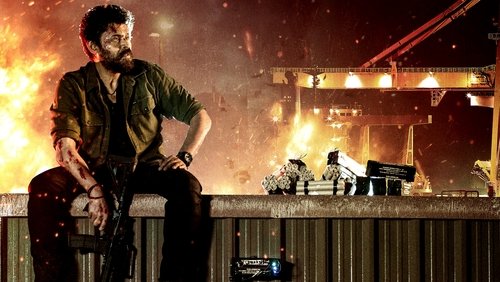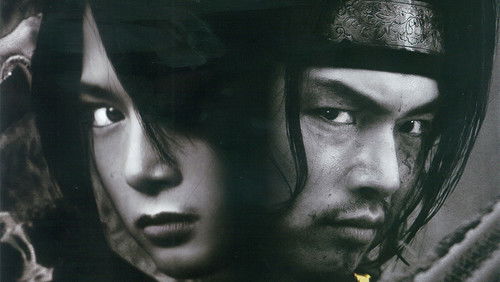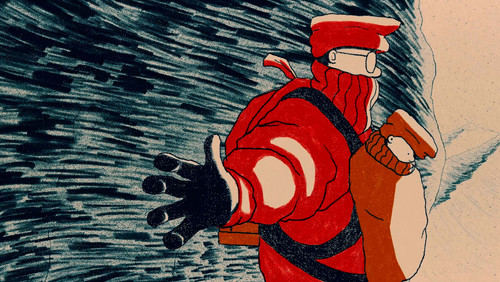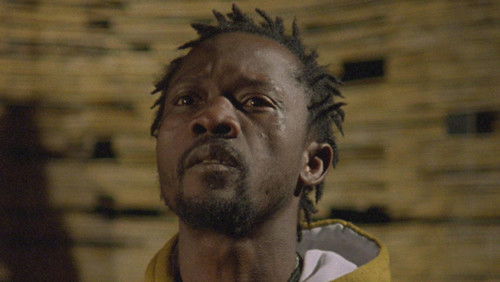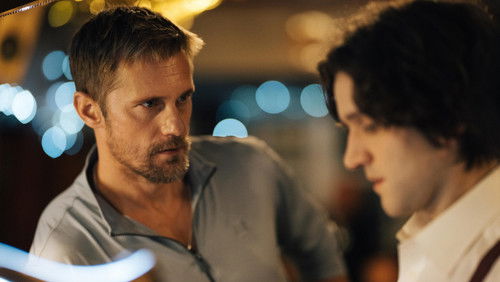U 23 – Tödliche Tiefen (1958)
50KU 23 – Tödliche Tiefen: Directed by Robert Wise. With Clark Gable, Burt Lancaster, Jack Warden, Brad Dexter. A U.S. sub commander, obsessed with sinking a certain Japanese ship, butts heads with his first officer and crew.
“A destroyer is relatively small, slim and can easily dodge torpedoes. They proved to be the death of many submarines in WWII. Destroyers were used as escorts screening supply convoys, merchant shipping, capital battleships, aircraft carriers and oil tankers. Their most effective weapons against submarines were the sonar and depth charges.u003cbr/u003eu003cbr/u003eCommander Richardson (Clark Gable) lost a submarine under his command after firing torpedoes at a Japanese troop and supply convoy. The Japanese destroyer simply run down his submarine as it struggled to submerge. Not quickly enough though as it was split in two. Tragically, Richardson lost some of his men. He was demoted to a desk job and earned the reputation of a loser among sailors. u003cbr/u003eu003cbr/u003eThe experience led him to devise a tactic on how to escape after torpedoing an enemy ship. He figured that it was not enough to run away from a destroyer because it can easily hunt his sub down with sonar and depth charges. The pursuing destroyer must be sunk. How? It moves so much faster than a submarine that it is impossible to hit it broadside. It also dropped depth charges as it circled the submarine in an ever tightening u0026quot;nooseu0026quot; maneuver.u003cbr/u003eu003cbr/u003eRichardson thought that if a sub charged a destroyer head on firing torpedoes as it submerged, the enemy ship can be hit on the bow sharp. This calls for speed, precision timing and perfect aim. So he drove his men to exhaustion and frustration as he made them do a new drill for the special maneuver he had in mind. The scenario was this: Fire torpedoes at an enemy aircraft carrier, tanker or whatnot. Then as a destroyer gives chase, instead of submerging at once and running away, the sub will charge the destroyer head on as in a game of u0026quot;chicken.u0026quot; At this position, the destroyer cannot yet make effective use of its depth charges as they are released at the stern. The front guns of the destroyer are also at an awkward elevation in relation to the sub lying low in the water. The sub may have enough time to fire at least one torpedo or at the most two before it is rammed by the destroyer. The trick then is to fire while submerging at the same time. Remember, this was in the days when torpedoes had no teleguidance and the subu0026#39;s commander and crew relied entirely on their instinct for the right buoyancy, depth, speed and angle of descent as they submerged as to when to fire the torpedoes at the critical moment for the proper aim. I am curious as to whether this was actually done in WWII. u003cbr/u003eu003cbr/u003eIt was bad enough that Richardsonu0026#39;s men resented him but his own XO, Lt. Bledsoe, whom he edged out of command of the submarine by using his connections, also hated him with a passion viewing his drills and new tactic as criminally dangerous and unworkable.u003cbr/u003eu003cbr/u003eIf you liked this movie, watch The Enemy Below starring Robert Mitchum and Kurt Jurgens for a better understanding of submarine vs. destroyer warfare.”
